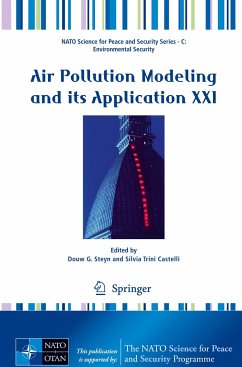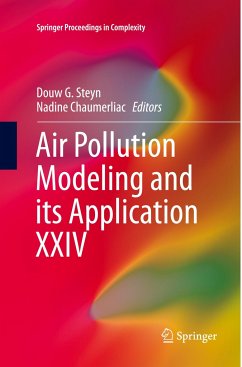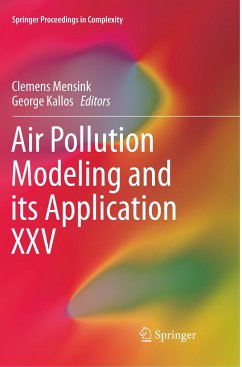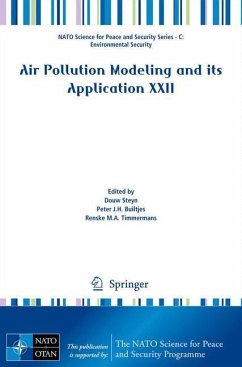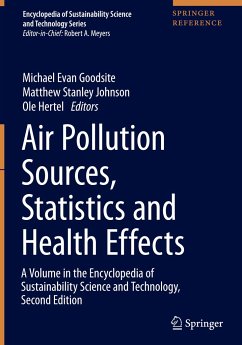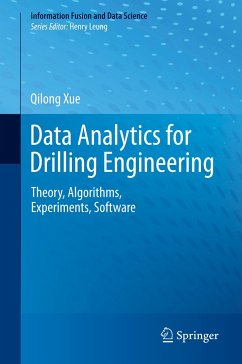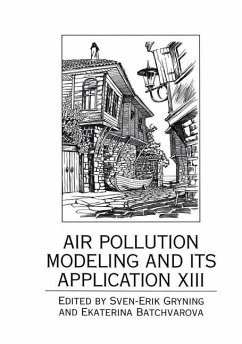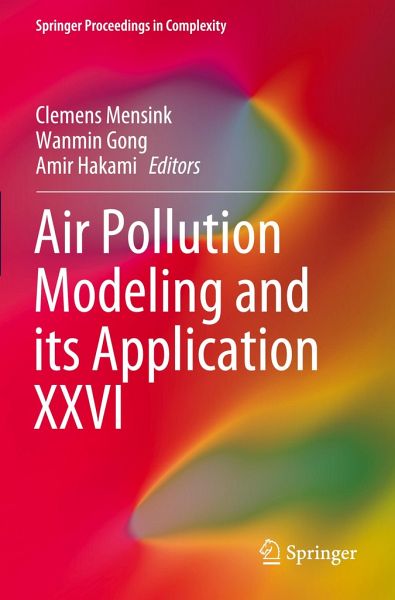
Air Pollution Modeling and its Application XXVI
Versandkostenfrei!
Versandfertig in 6-10 Tagen
136,99 €
inkl. MwSt.

PAYBACK Punkte
68 °P sammeln!
Current developments in air pollution modeling are explored as a series of contributions from researchers at the forefront of their field. This newest contribution on air pollution modeling and its application is focused on local, urban, regional and intercontinental modeling; emission modeling and processing; data assimilation and air quality forecasting; model assessment and evaluation; atmospheric aerosols. Additionally, this work also examines the relationship between air quality and human health and the effects of climate change on air quality.This work is a collection of selected papers ...
Current developments in air pollution modeling are explored as a series of contributions from researchers at the forefront of their field. This newest contribution on air pollution modeling and its application is focused on local, urban, regional and intercontinental modeling; emission modeling and processing; data assimilation and air quality forecasting; model assessment and evaluation; atmospheric aerosols. Additionally, this work also examines the relationship between air quality and human health and the effects of climate change on air quality.
This work is a collection of selected papers presented at the 36th International Technical Meeting on Air Pollution Modeling and its Application, held in Ottawa, Canada, May 14-18, 2018.
The book is intended as reference material for students and professors interested in air pollution modeling at the graduate level as well as researchers and professionals involved in developing and utilizing air pollution models.
This work is a collection of selected papers presented at the 36th International Technical Meeting on Air Pollution Modeling and its Application, held in Ottawa, Canada, May 14-18, 2018.
The book is intended as reference material for students and professors interested in air pollution modeling at the graduate level as well as researchers and professionals involved in developing and utilizing air pollution models.




